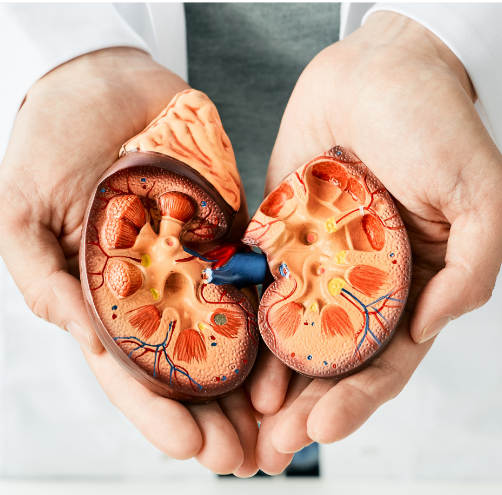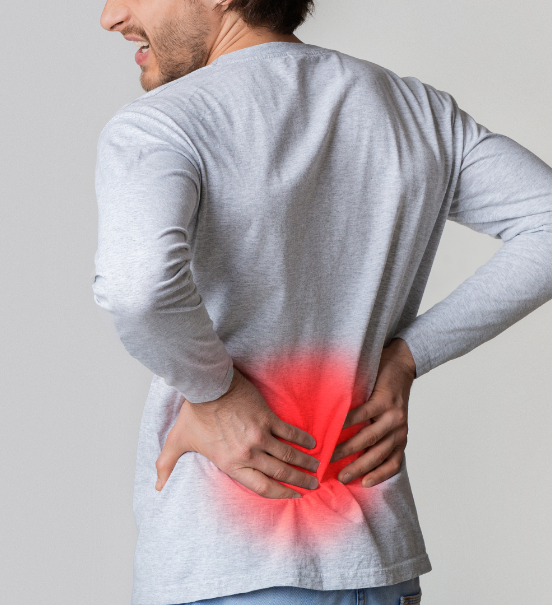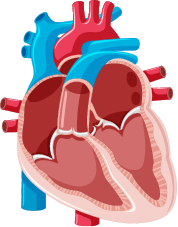 Heart Failure
Heart Failure
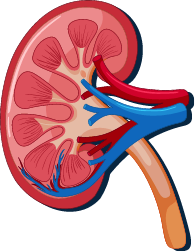 CKD
CKD
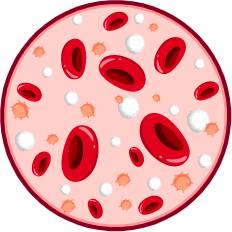 Diabetes
Diabetes

Diabetes is a chronic disease that occurs either when the pancreas does not produce enough insulin or when the body cannot effectively use the insulin it produces. Insulin is a hormone that regulates blood glucose. Hyperglycaemia, also called raised blood glucose or raised blood sugar, is a common effect of uncontrolled diabetes and over time leads to serious damage to many of the body's systems, especially the nerves and blood vessels.
In 2022, 14% of adults aged 18 years and older were living with diabetes, an increase from 7% in 1990. More than half (59%) of adults aged 30 years and over living with diabetes were not taking medication for their diabetes in 2022. Diabetes treatment coverage was lowest in low- and middle-income countries.
In 2021, diabetes was the direct cause of 1.6 million deaths and 47% of all deaths due to diabetes occurred before the age of 70 years. Another 530,000 kidney disease deaths were caused by diabetes, and high blood glucose causes around 11% of cardiovascular deaths.
Since 2000, mortality rates from diabetes have been increasing. By contrast, the probability of dying from any one of the four main noncommunicable diseases (cardiovascular diseases, cancer, chronic respiratory diseases, or diabetes) between the ages of 30 and 70 decreased by 20% globally between 2000 and 2019.
Symptoms of diabetes may occur suddenly. In type 2 diabetes, the symptoms can be mild and may take many years to be noticed.
Over time, diabetes can damage blood vessels in the heart, eyes, kidneys, and nerves.
People with diabetes have a higher risk of health problems including heart attack, stroke, and kidney failure.
Diabetes can cause permanent vision loss by damaging blood vessels in the eyes.
Many people with diabetes develop problems with their feet from nerve damage and poor blood flow. This can cause foot ulcers and may lead to amputation.
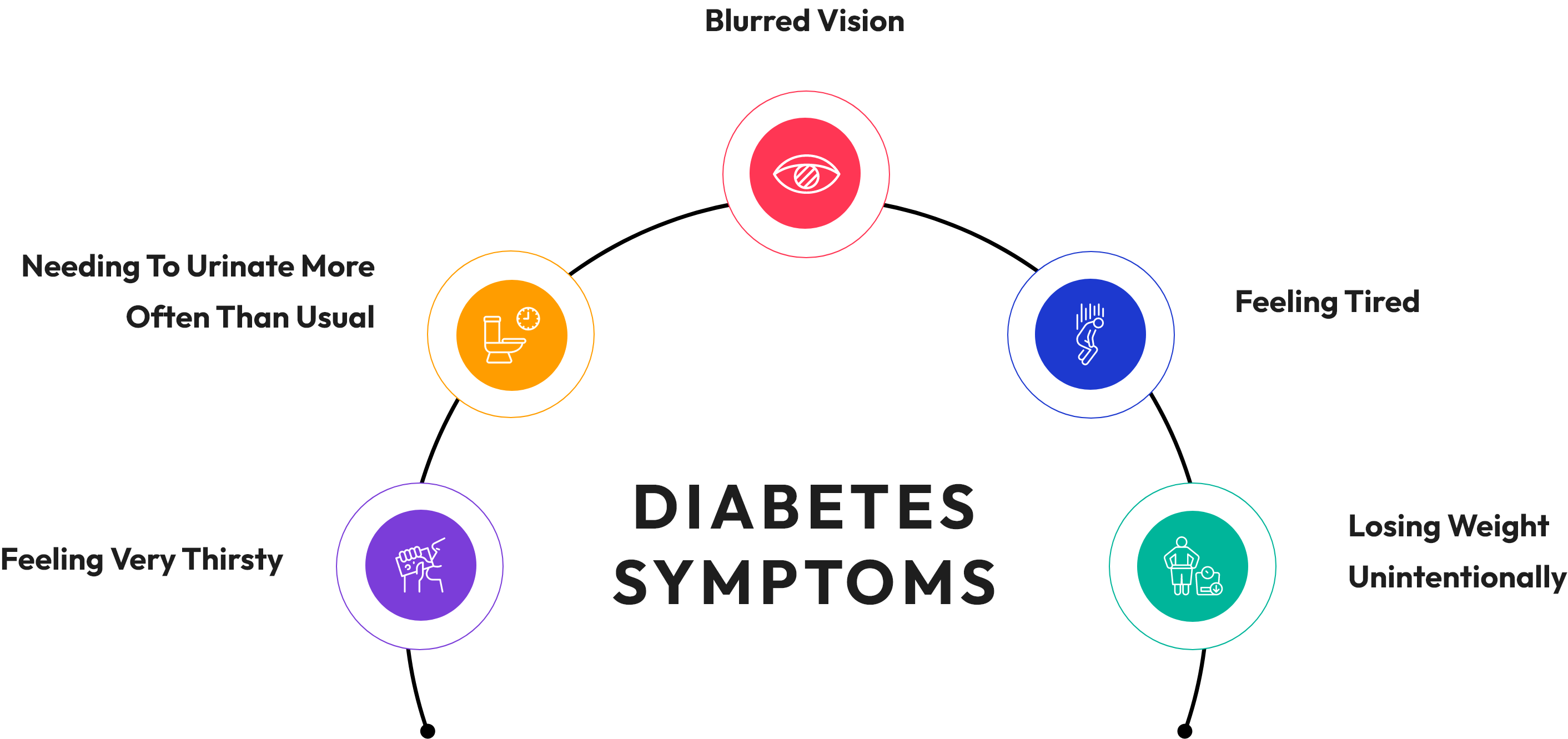
Diabetes is a chronic disease that occurs either when the pancreas does not produce enough insulin or when the body cannot effectively use the insulin it produces. Insulin is a hormone that regulates blood glucose. Hyperglycaemia, also called raised blood glucose or raised blood sugar, is a common effect of uncontrolled diabetes and over time leads to serious damage to many of the body's systems, especially the nerves and blood vessels.
Type 2 diabetes affects how your body uses sugar (glucose) for energy. It stops the body from using insulin properly, which can lead to high levels of blood sugar if not treated.
Over time, type 2 diabetes can cause serious damage to the body, especially nerves and blood vessels.
Type 2 diabetes is often preventable. Factors that contribute to developing type 2 diabetes include being overweight, not getting enough exercise, and genetics.
Early diagnosis is important to prevent the worst effects of type 2 diabetes. The best way to detect diabetes early is to get regular check-ups and blood tests with a healthcare provider.
Symptoms of type 2 diabetes can be mild. They may take several years to be noticed. Symptoms may be similar to those of type 1 diabetes but are often less marked. As a result, the disease may be diagnosed several years after onset, after complications have already arisen.
More than 95% of people with diabetes have type 2 diabetes. Type 2 diabetes was formerly called non-insulin dependent, or adult onset. Until recently, this type of diabetes was seen only in adults but it is now also occurring increasingly frequently in children.

Lifestyle changes are the best way to prevent or delay the onset of type 2 diabetes.
To help prevent type 2 diabetes and its complications, people should:
Maintain a healthy body weight
Get 150 minutes of moderate exercise weekly.
Eat healthy, Avoid sugar and saturated fats.
Avoid Smoking
Foot Care for Ulcer Treatment
Kidney Disease Screening and Treatment
Eye Exams for Retinopathy Screening

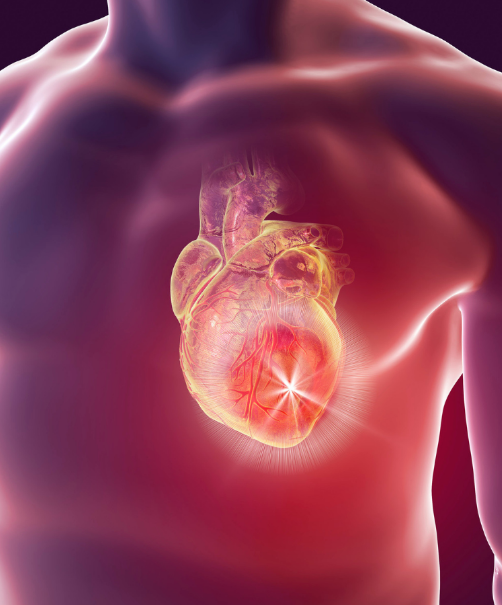
The heart is a strong, muscular pump a little larger than a fist. Its job is to pump the right amount of blood to all parts of the body. This is called circulation.

The right atrium takes in oxygen-depleted blood from the rest of the body and sends it through the right ventricle to the lungs, which infuse the blood with oxygen.
Oxygen-rich blood travels from the lungs to the left atrium, then on to the left ventricle, which pumps it to the rest of the body.
The heart pumps blood to the lungs and to all of the body’s tissues. For the heart to work properly, the four chambers must beat in an organized way. A healthy heart has more than enough pumping ability to circulate blood properly.
The heart is a strong, muscular pump a little larger than a fist. Its job is to pump the right amount of blood to all parts of the body. This is called circulation.
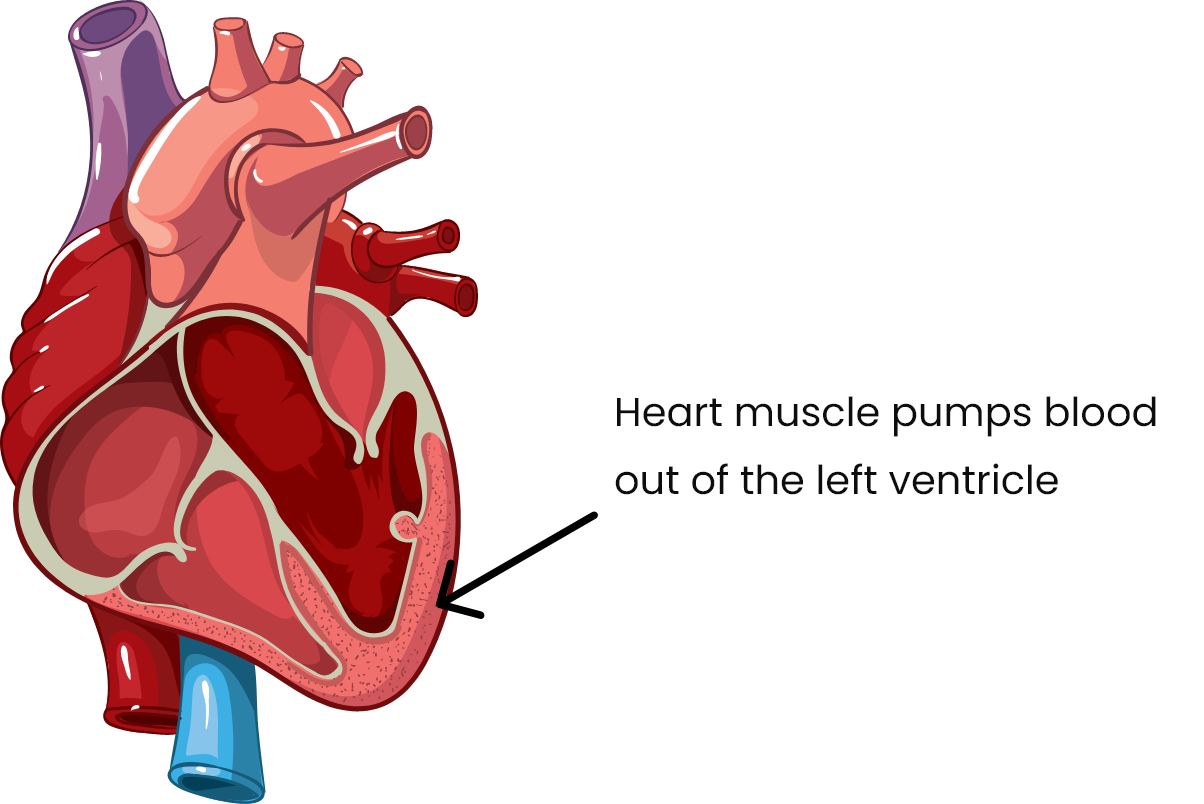
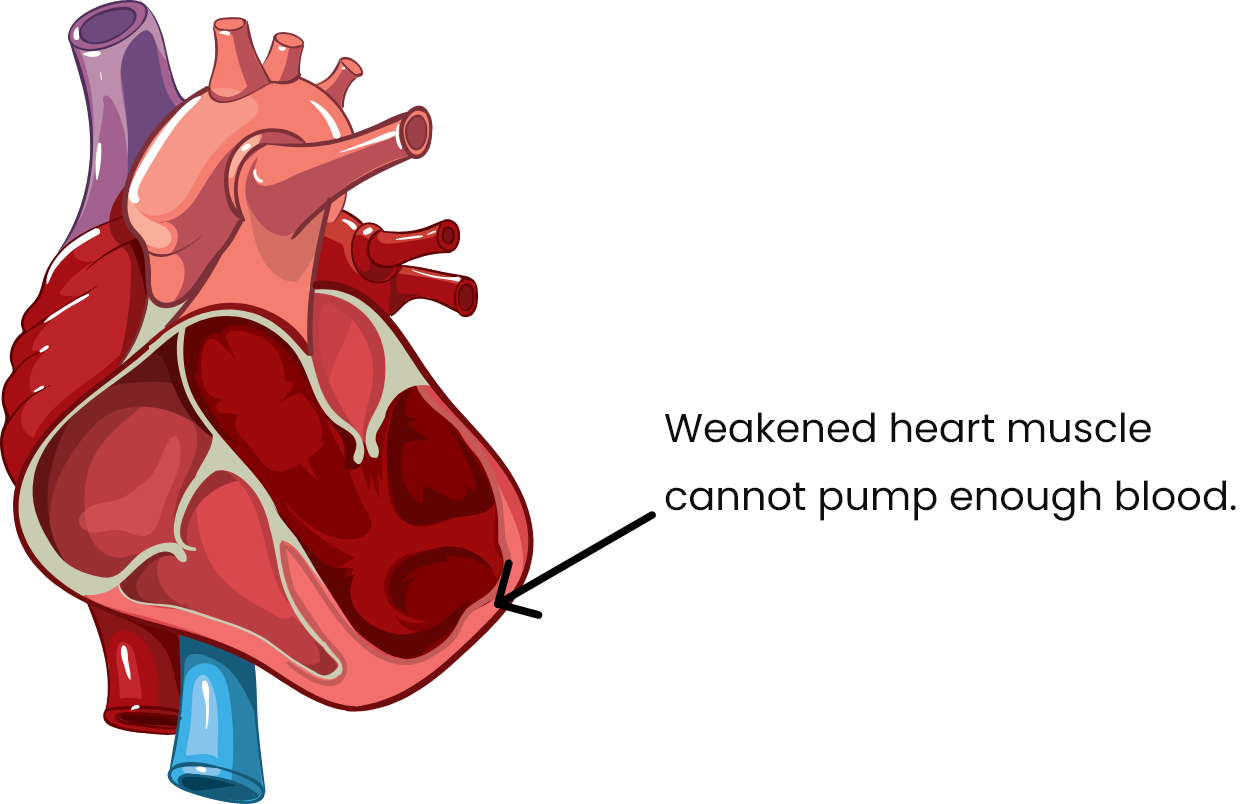
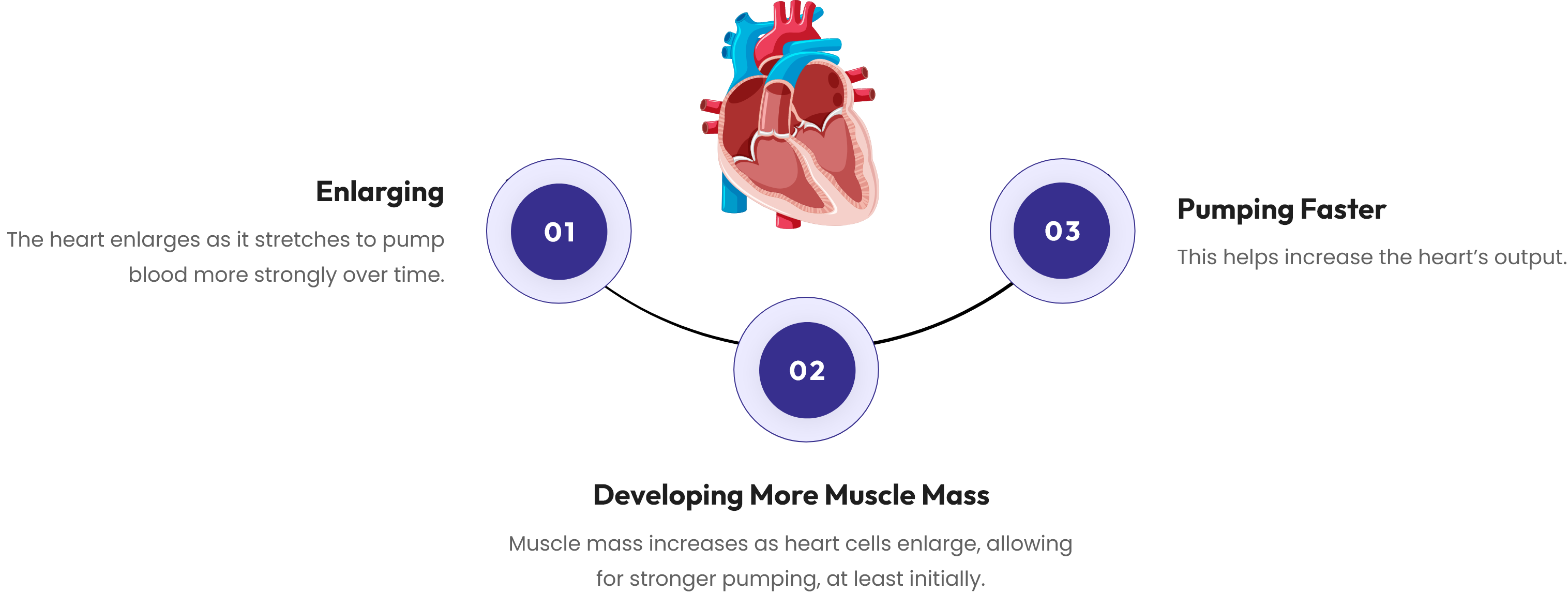
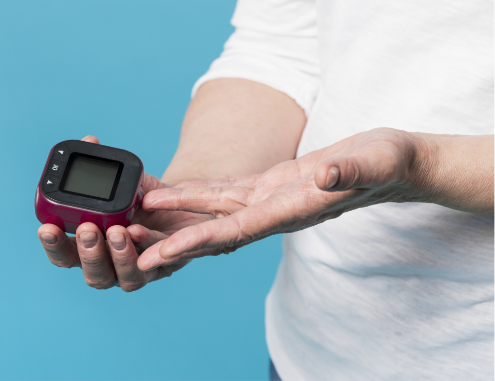
Eventually the heart and body simply can’t keep up, and the person experiences fatigue, breathing problems or other symptoms that usually prompt a trip to the doctor.
The body’s compensation mechanisms help to explain why some people might not become aware of their condition until years after their heart begins its decline. (That is a good reason to have a regular checkup with your doctor.)
Heart failure can involve the heart’s left side, right side or both sides. However, it usually affects the left side first. Read more about the types of heart failure.
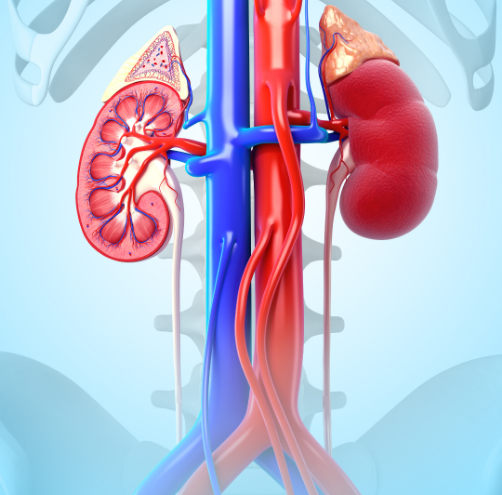
There are usually no symptoms of kidney disease in the early stages. It may only be diagnosed if you have a blood or urine test for another reason and the results show a possible problem with your kidneys.
At a more advanced stage, symptoms can include:
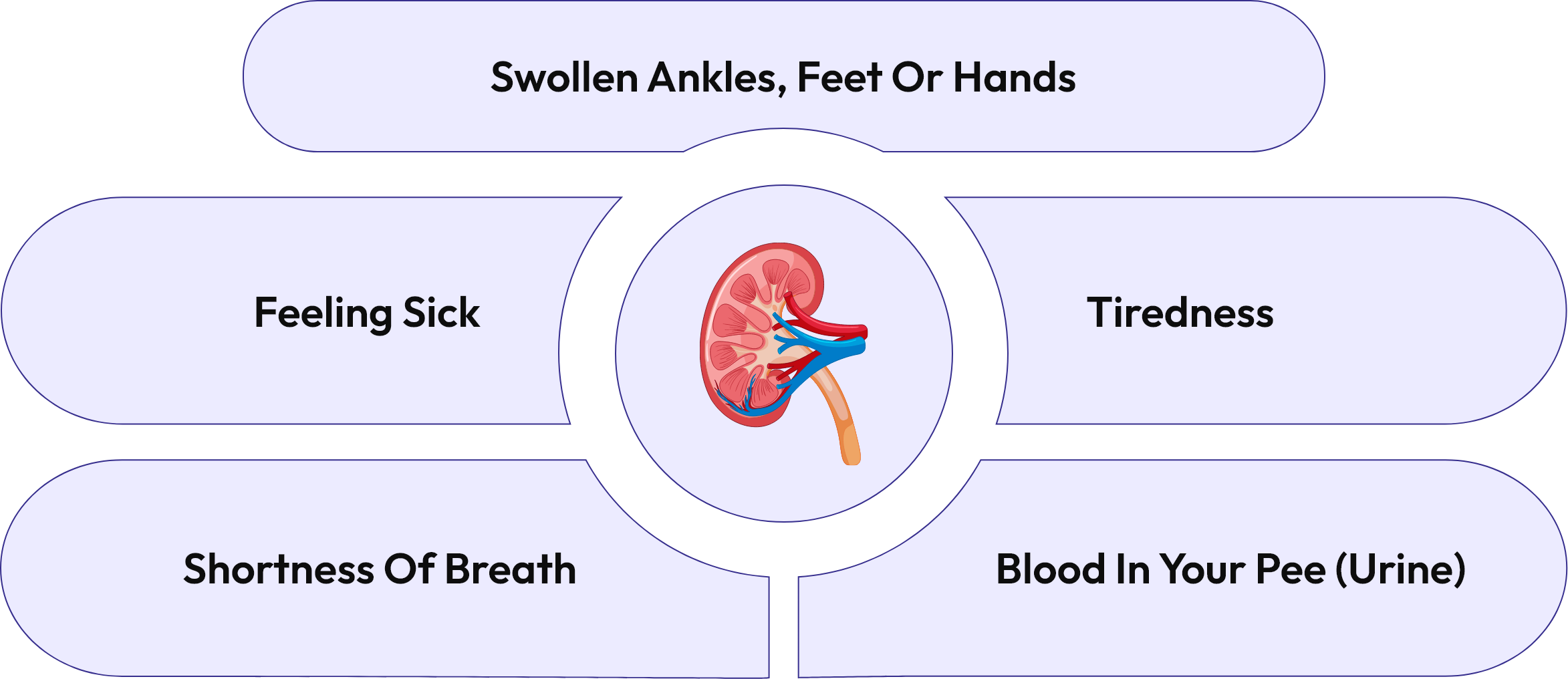
See a GP if you have persistent or worrying symptoms that you think could be caused by kidney disease.
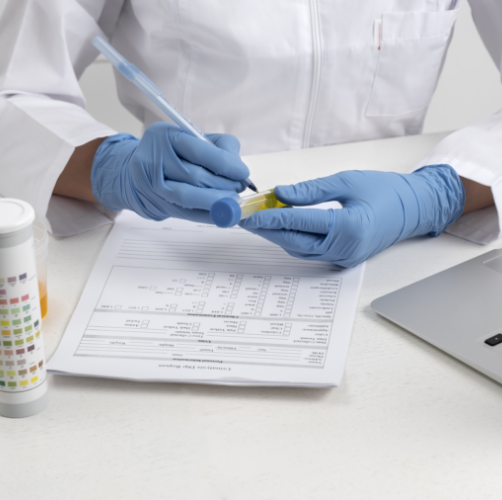
Chronic kidney disease is usually caused by other conditions that put a strain on the kidneys. Often, it's the result of a combination of different problems.
Over time, this can put strain on the small blood vessels in the kidneys and stop the kidneys working properly.
Too much glucose in your blood can damage the tiny filters in the kidneys.
This can cause a build-up of fatty deposits in the blood vessels supplying your kidneys, which can make it harder for them to work properly.
Kidney infections are typically caused by bacteria from urinary tract infections or other factors like kidney stones and urinary blockages.
Glomerulonephritis is an inflammation of the kidneys' filtering units (glomeruli), often caused by infections or autoimmune diseases.
An inherited condition where growths called cysts develop in the kidneys
Blockages in the flow of urine can be caused by kidney stones, tumors, or enlarged prostate.
Long-term use of certain medications, such as lithium and NSAIDs, can impair kidney function.
There's no cure for CKD, but treatment can help relieve the symptoms and stop it getting worse.
Your treatment will depend on how severe your condition is.
The main treatments are:
You'll also be advised to have regular check-ups to monitor your condition.
